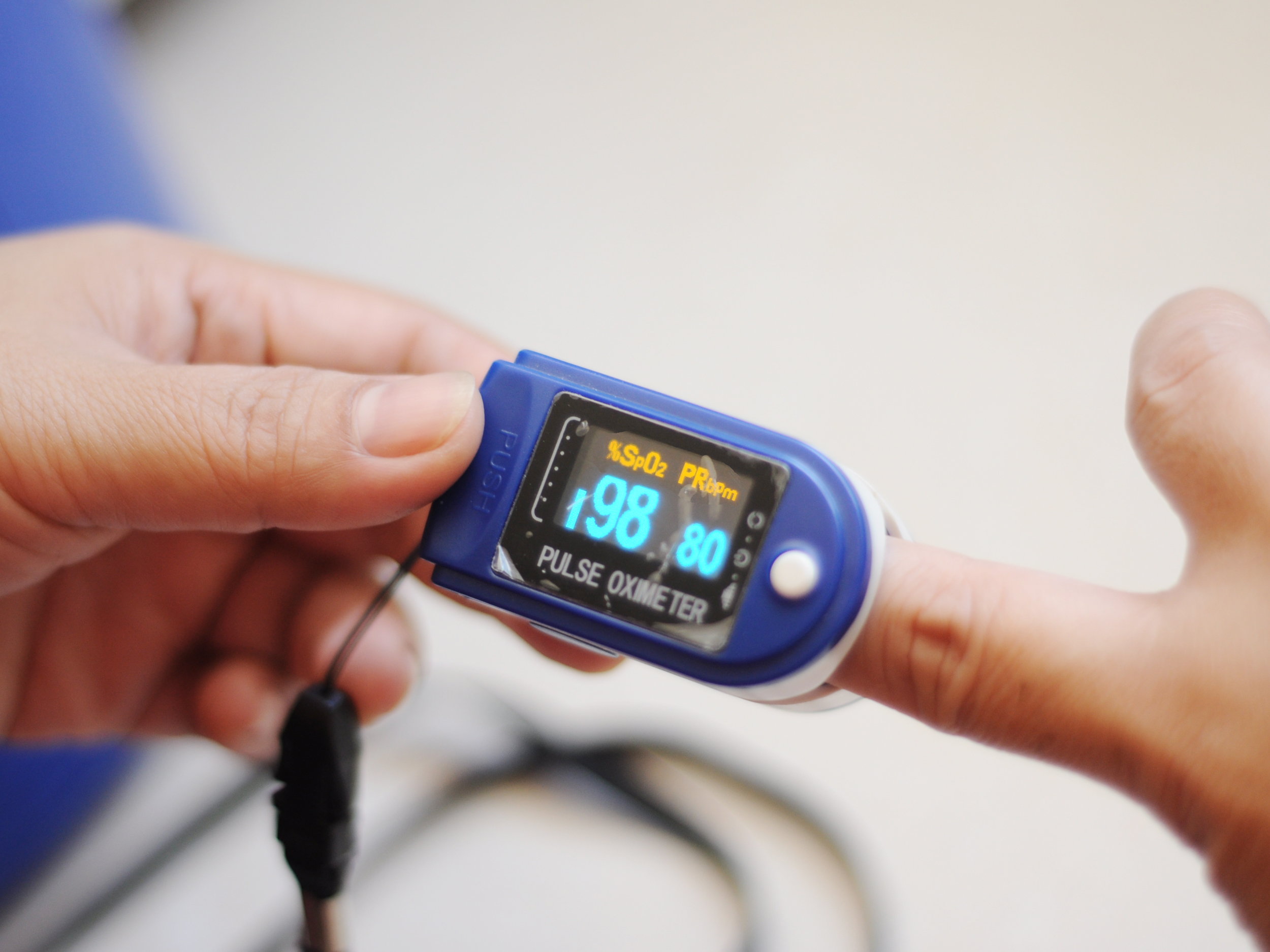
© Ruchira Kondepudi COVID-19 | What are normal blood oxygen levels and other FAQs answered
What are normal readings? A normal level of oxygen is usually 95% or higher. Some people with chronic lung disease or sleep apnea may have normal levels around 90%. The “SpO2” reading on a pulse oximeter shows the percentage of oxygen in someone’s blood. If your home SpO2 reading is lower than 95%, call your health care provider. The shortage of oxygen cylinders in many states has caused alarm since several COVID-19 patients in hospital have low oxygen levels and are finding it difficult to breathe.
As the second wave of COVID-19 continues, several patients require supplemental oxygen, creating a huge demand for the gas in India.
For most people, a normal oxygen level is 95% or higher and a normal heart rate is generally below 100. Your oxygen levels and heart rate can change based on your activity, body position and overall health. Check with your health care provider if you have questions. O 9 m 0 Date Time SpO2 11/1/20 8:30 99.

Healthy lungs keep the blood oxygenated at a level between 95 and 100%—if it dips below 92%, it’s a cause for concern and a doctor might decide to intervene with supplemental oxygen. Multitran.com: Free online dictionary in English, German, French, Spanish.
What Is Regular Oxygen Level
The shortage of oxygen cylinders in many states has caused alarm since several COVID-19 patients in hospital have low oxygen levels and are finding it difficult to breathe.
COVID-19 affects the respiratory system, causing oxygen levels to drop. Many patients with moderate to severe COVID-19 experience shortness of breath.
Checking blood oxygen levels and temperature is essential for COVID-19 patients who are under home isolation. Here are some FAQs on oxygen levels and what to do if your oxygen levels are low.
What are normal oxygen levels?
According to the US Centres for Disease Control and Prevention, oxygen saturation of 95 to 100 percent is normal for healthy children and adults.
What is a pulse oximeter?
A pulse oximeter is a small device that measures the oxygen saturation or percentage of oxygen in the patient's blood. The device can be clipped on the toe or ear lobe.
COVID-19 patients under home isolation can use pulse oximeters to self-monitor their oxygen levels.
When to seek medical attention?
According to India's Ministry of Health and Family Welfare, a COVID-19 patient under home isolation should seek immediate medical attention if:
> Difficulty in breathing
> High-grade fever/severe cough, particularly if lasting for more than five days
> A low threshold to be kept for those at high risk of severe disease (those with co-morbidities such as hypertension and diabetes)

What Is A Dangerous Oxygen Level
According to the health ministry, missing out on hypoxia (compromised oxygen circulation) can worsen complications faced by COVID-19 patients.
How does proning help?
Hitex development tools driver download for windows. The prone position, or lying face down (on the stomach) has been found to help improve oxygen levels. Proning helps keep alveolar units open and makes breathing easier.
The health ministry on April 22 also released guidelines for proning.
'Proning is required only when the patient feels difficulty in breathing and the SpO2 decreases below 94 (less than 94),' the ministry said.
The ministry recommended that one pillow can be placed below the neck, one or two pillows below the chest and upper thighs, and two below the shins.
Dr Praveen Gupta, director and head of department, neurology, Fortis Memorial Research Institute, Gurugram told The Indian Express that proning has been used on patients with severe respiratory illness.
Regular Oxygen Level
Gupta added that proning should be complemented with other necessary treatments as well.
